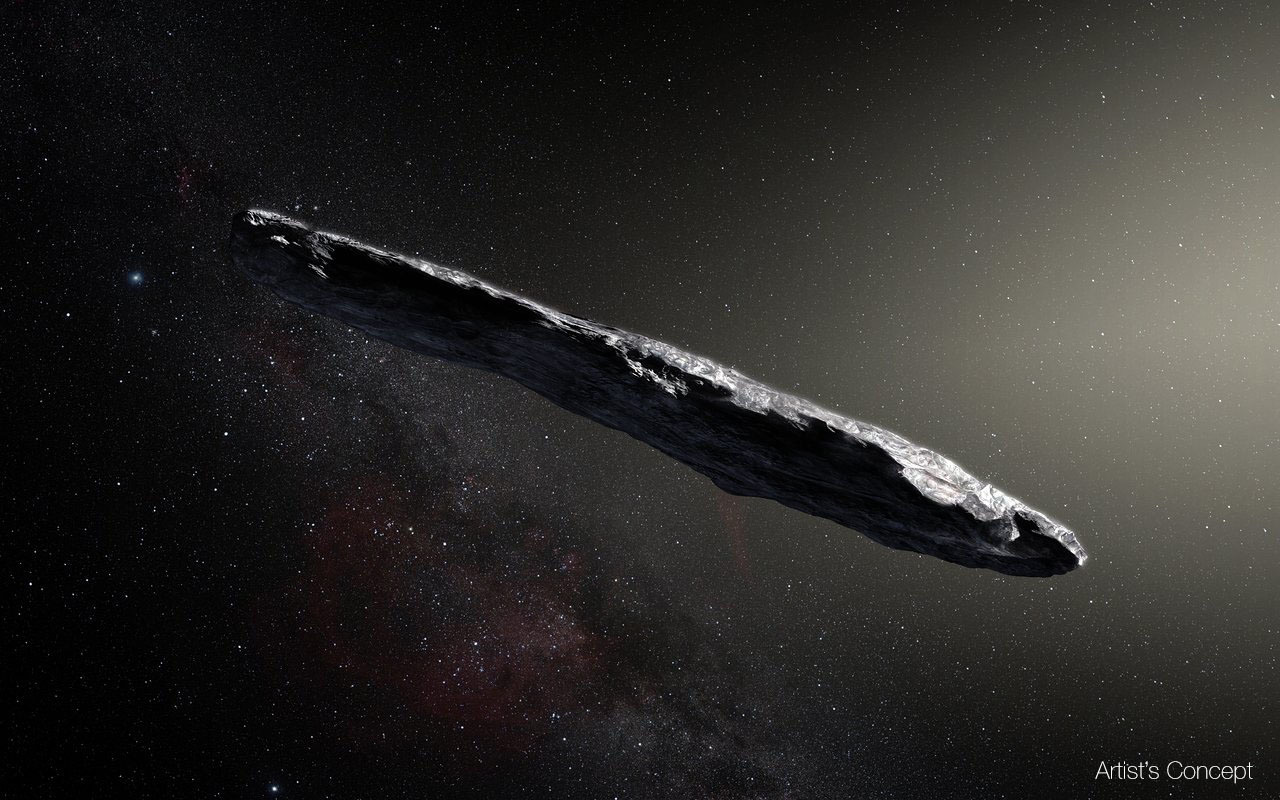Today, I want to write about something a bit different – a unique 2-slit interferometer (aka the double-slit experiment). In the standard 2-slit interferometer, a beam of photons, electrons, ions or whatever spreads out and passes through two slits. The beams passing through the two slits recombine, producing an interference pattern. You might have seen this demonstrated in high school or college, but the basic idea is pretty straightforward.
Some standard elements of this are that the source is a single beam, and then that the beams recombine after passing through the two slits. Today, I want to discuss a unique version of this experiment that lacks both of these elements.
This interferometer consists of two relativistic heavy ions that encounter each other at a collider. One ion can emit a photon, which can then scatter off of the other ion, and emerge as a particle – this can be a rho0, phi , J/psi or other vector meson –particles with the same quantum numbers as the photon. At low transverse momentum), we cannot tell which nucleus emitted the photon, and which is the target. Quantum mechanics (QM) tells us that these two possibilities can interfere with each other. Because vector mesons have negative parity, this interference is destructive, and the production rate goes to zero as the transverse momentum approaches zero. This suppression was experimentally observed by the STAR Collaboration back in 2009.
One important point is that the two ions come from completely different directions and share no common history, so there is no single source! Instead, the two sources are synchronized in-phase by the symmetry of the problem.
Another unique feature is that vector mesons are very short-lived, with the rho0 lifetime about 10-23 seconds, so that, even moving at the speed of light, a rho0 travels about 1 fermi (1 fermi = 10-15 m) before decaying. This is far less than the minimum ion-ion separation, which is about 15 fermi. When the rho0 decays, it produces two charged pions (pi+pi-). Because of the near-immediate decays, the two ions are essentially sources of pion pairs.
So, any interference pattern can only appear much later, when the pi+pi- amplitudes overlap. However, the p+ and p- go in nearly opposite directions, and are well separated by the time pions from the two sources can overlap. In short, the only way for this interference to happen is if the amplitudes summing and interference appear long after the rho0 decays, and the system has spread out. Strange as this sounds, this well explained by quantum mechanics where the wave function collapse occurs when the interference is observed. The question of when this observation actually occurs is the subject of debate, but one can think of it happening when the pions interact in the detector. The figure below nicely illustrates these points of the interference.
Why am I writing this now? Four colleagues and I have written a long review paper discussing this interference, which has just been published in Progress inNuclear and Particle Physics (with open access); it is also available here onthe arXiv. The article also recaps the data that supports the existence of this interference - both the suppression above, and some interesting angular effects.Many aspects of this interference may be somewhat counterintuitive. However, they are in accord with the ideas of quantum mechanics, and, more importantly, are well supported by data. So, they are useful descriptions of the way that Nature works.
Enjoy.











